EcuadorianHands promotes research and conservation of the tropical dry forest, home to the Palo Santo tree. Learn how...
Search in blog
Blog categories
- How To? (21)
- Life and health (46) click
- Environment (50) click
- Fashion (53) click
Latest posts
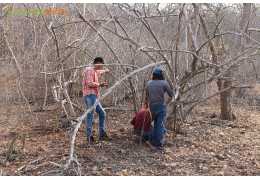
EcuadorianHands is a company that works in a sustainable and responsible way with the environment. We have been...
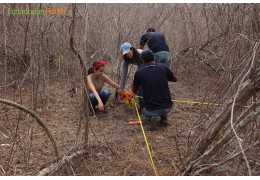
Dry forest, one of the most threatened ecosystems due to the ease of change associated with human activities. This...
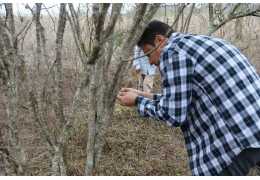
Of the five carbon compartments that can be measured in a forest (live aerial biomass, underground biomass, debris or...
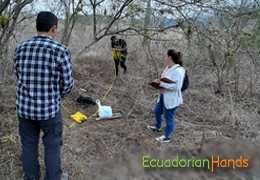
From 2015 to the present date, we have planted more than 10,000 palosanto trees, conducting scientific studies in...
Popular posts

.png)

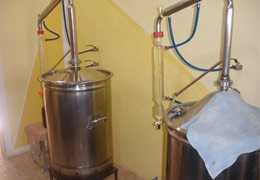

Photo gallery
-
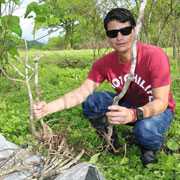
Is Palo Santo really endangered?
-
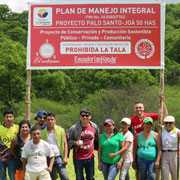
Is Palo Santo really endangered?
-
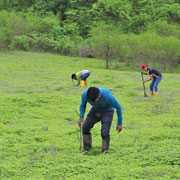
Is Palo Santo really endangered?
-
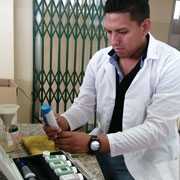
Investigations concerning the PaloSanto tree.
-
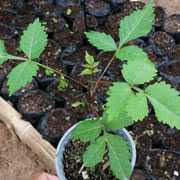
Nursery
-
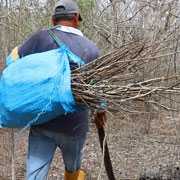
It's reforestation time! Palo santo

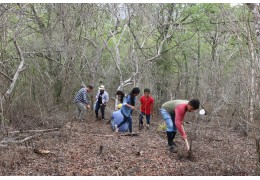

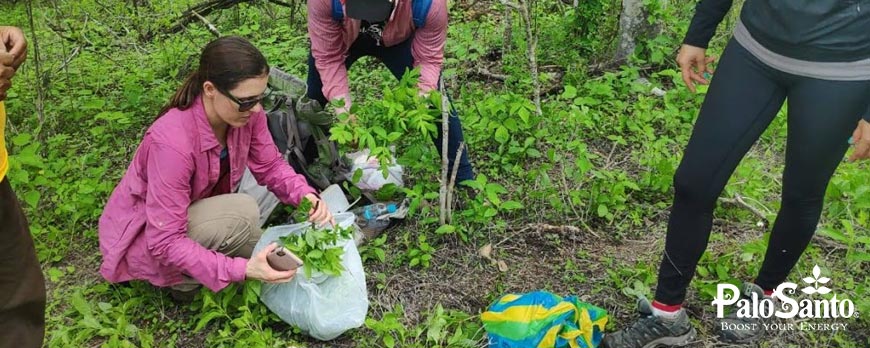
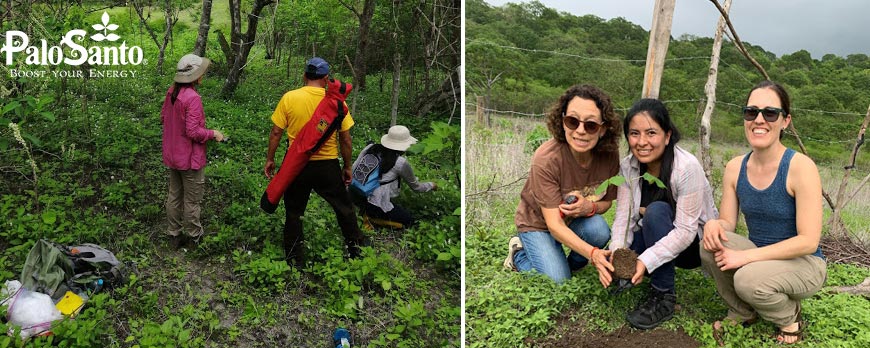

![FEDORA Panama Hat [FREE SHIPPING] | EcuadorianHands](https://ecuadorianhands.com/16027-home_default/fedora-montecristi-panama-hat.jpg)

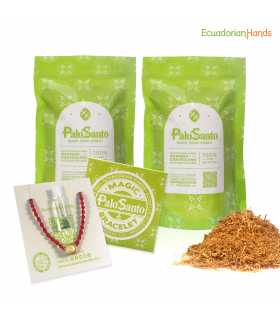
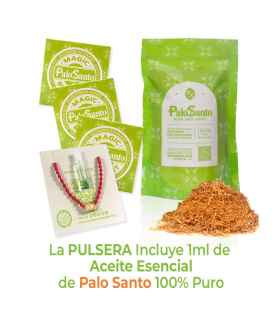

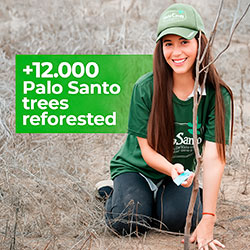
Leave a comment
Comments
Semillas de Bursera Graveolens
By: Luciano tercero ocana quintero On 10/01/2024Respetados Señores, mi nombre es Luciano Ocaña Q., panameño y estoy interesado en comunicarme con su comunidad a fin de comprar semillas de Palo Santo para su reproduccion en mi país, mediante un programa de reforestacion de los bosques secos.
Agradezco su amable respuesta.
Replied by: Johnny Molina On 10/02/2024
Palo Santo
By: Trish On 02/12/2022HI There
We see you are restoning Palo Santo with your project and we are looking at importing Palo Santo to South African - please email me some more info
Thanks
Replied by: Fabrizio Vera On 02/15/2022
Plan de reforestación
By: Luisin García On 08/13/2021Buenos días
Estoy interesado en el plan de reforestación en un terreno que se encuentra en la zona sur del Ecuador, Zapotillo Loja.
Muchas gracias
Luisin